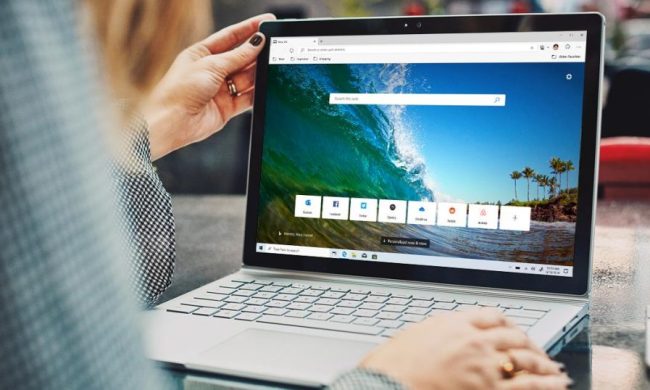
In its simplest form, Safe Browsing is the warning you get when you try to access a potentially dangerous site. It might be offered up when your destination is suspected of carrying out phishing attacks, or distributing malware to visitors.
As well as the more visible components of Safe Browsing, there’s plenty more going on behind the scenes, so users are receiving the benefits of its protection even if they don’t see a red warning label. Many different systems are working in sync constantly in an attempt to identify all the different threats that are present on the web.
This expansive list of dangerous domains is used by many services offered by Google; it makes sure search results don’t lead users astray, it helps weed out any inappropriate ads, and it’s a part of the process that prevents malicious emails from hitting your Gmail inbox. But Google shares its Safe Browsing tools with others, too.
Apple and Mozilla both utilize Google’s research into the dark corners of the internet to protect people who surf with their Safari and Firefox browsers. A host of other web and app developers all benefit — for example, Snapchat uses it to vet links that are shared between users.
The scope of Safe Browsing has gotten bigger over the years, but its protection has improved in other ways, too. The rise of mobile devices has prompted Google to streamline the amount of data that actually needs to be beamed out, tailoring the information to the user’s needs, and making sure it’s as tightly compressed as possible.
Google has no plans to stop making improvements to Safe Browsing. Machine learning has long since helped the service scope out malicious content from the masses of sites and services that comprise the internet, and these techniques are growing more sophisticated all the time. The company sees artificial intelligence as having as much of an impact on how we browse the internet as the advent of the smartphone did, so it’s committed to making sure that Safe Browsing moves with the times.

